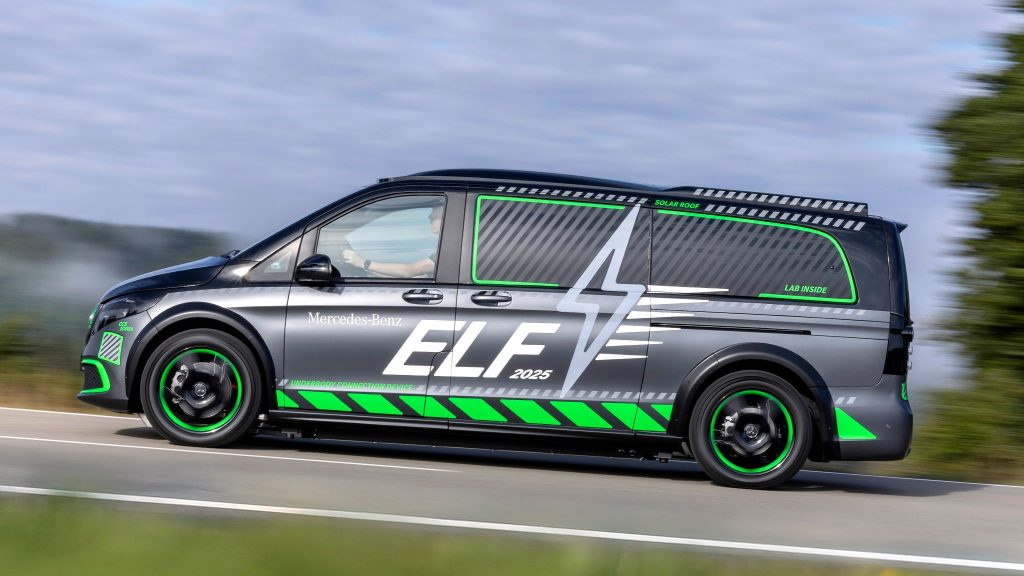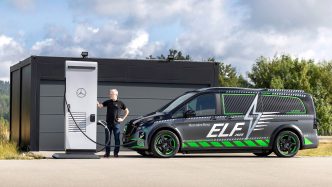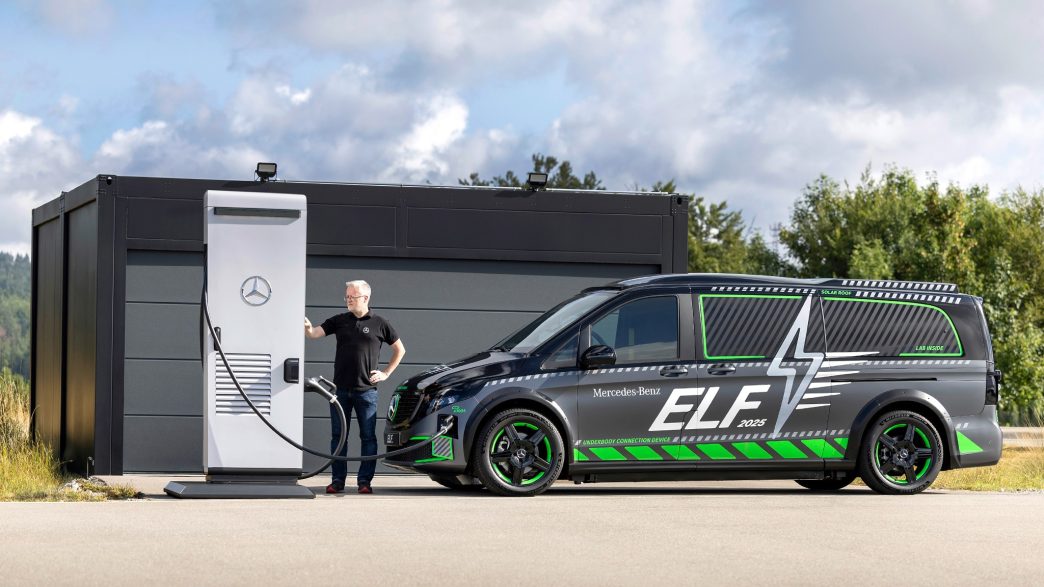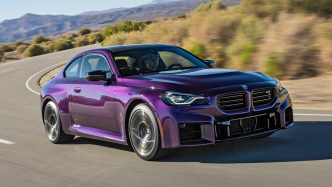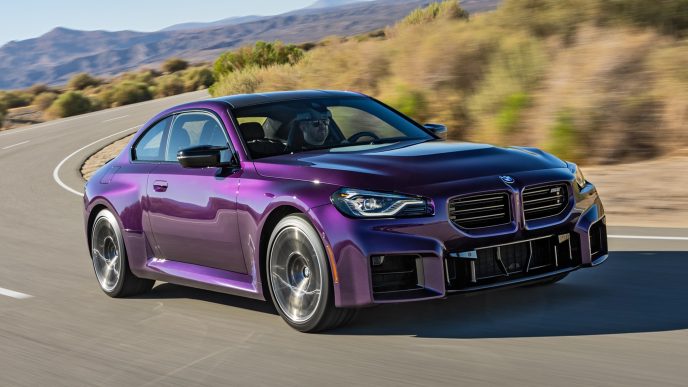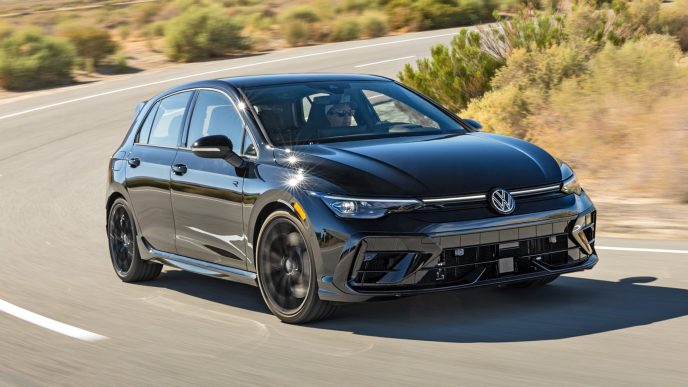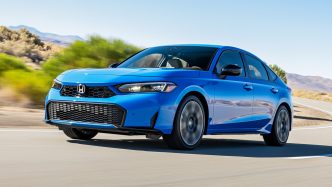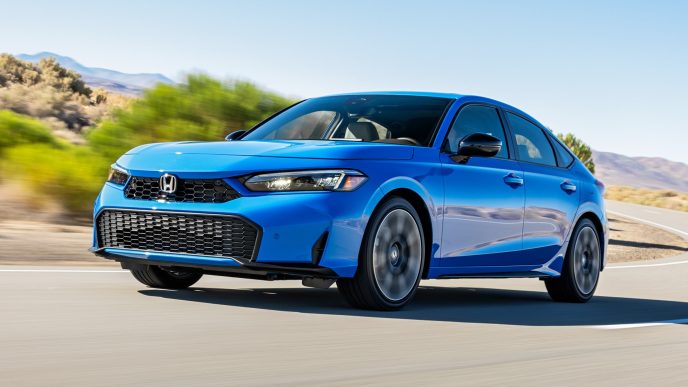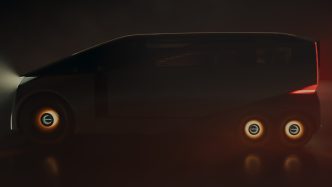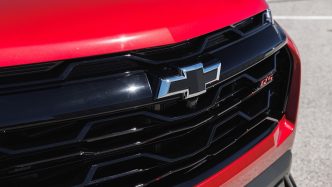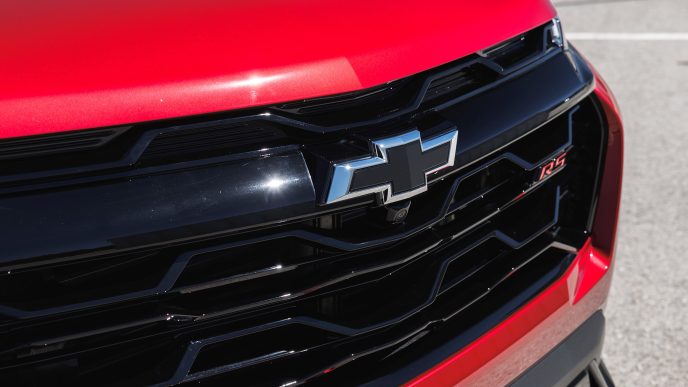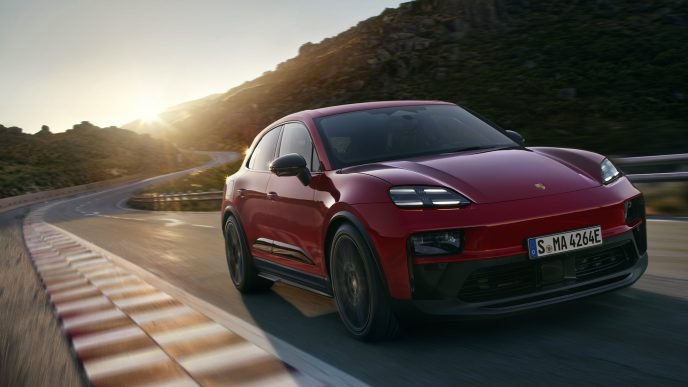Mercedes-Benz argues that the solution to electric vehicle range anxiety isn’t simply packing in bigger batteries—it’s charging them faster. While larger batteries can extend the distance between charges, they bring a host of drawbacks that can’t be ignored.
Bigger batteries consume significantly more space inside a vehicle and add both cost and weight—especially weight. Take the GMC Sierra EV AT4 pickup as an example: its massive 205-kWh battery delivers an impressive 478 miles of EPA-rated range, yet the truck tips the scales at 8,844 pounds, almost 48 percent heavier than the gas-powered Sierra AT4X AEV Edition.
That added heft increases road wear and magnifies the risk to occupants of other vehicles in a collision. Charging also becomes a slower ordeal: topping up 213 miles of range on a 350-kW charger takes roughly 30 minutes, while filling a tank on the AT4X AEV Edition takes under 10 minutes, enough to cover 360 miles.
Mercedes engineers view bigger batteries as a blunt instrument for tackling range anxiety. That’s why the company, after exploring advanced vehicle and battery management technologies with the Vision EQXX— which achieved 747 miles from Stuttgart to Silverstone on a single 100-kWh charge—is now focusing on fast charging. Pairing rapid charging with sophisticated battery temperature management allowed the electric Mercedes-AMG GT XX concept to cover 25,000 miles in under eight days at an average speed exceeding 137 mph.
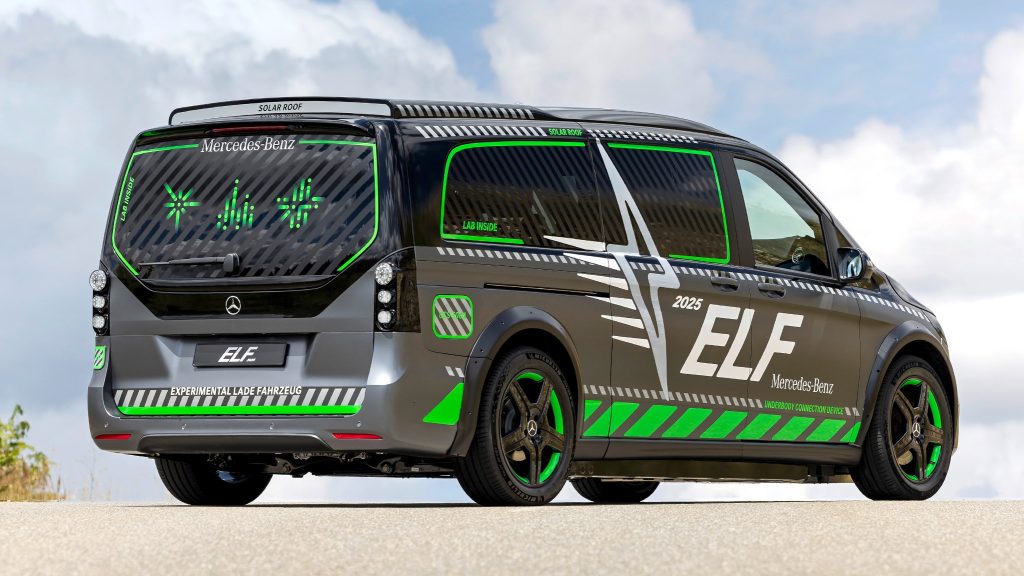
This philosophy underpins Mercedes-Benz’s latest EV research vehicle: the ELF, short for Experimental-Lade-Fahrzeug, or “Experimental Charging Vehicle” in German. Development engineer Malte Sievers describes it as a rolling lab, designed to evaluate a wide range of fast-charging technologies. “To build the fastest-charging vehicle, it’s essential to understand what the current infrastructure can handle and what we’ll need in the years ahead,” he explains.
The ELF features two fast-charging systems: MCS, built for heavy-duty trucks with charging rates up to 1,000 kW (one megawatt), and an enhanced CCS setup used during the AMG GT XX record run. It can also test inductive charging and bidirectional AC and DC systems, including vehicle-to-home, vehicle-to-building, and vehicle-to-grid applications.
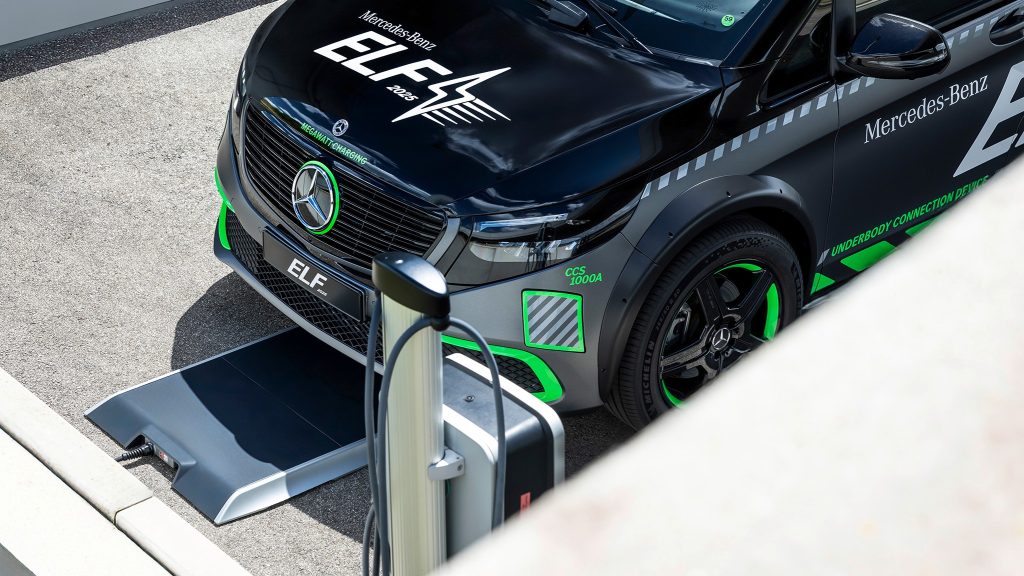
The MCS hardware and software serve as research tools to examine thermal limits and performance under extreme conditions for high-voltage batteries, power electronics, and charging cables. The CCS system in the ELF can hit 900 kW, adding 100 kWh in just 10 minutes—enough energy to theoretically drive a GMC Sierra EV AT4 about 235 miles if it could handle such charging rates.
Importantly, the components used in the ELF’s fast-charging CCS setup—including batteries and control software—are near production readiness and will appear in future Mercedes-Benz models. Sievers notes that Mercedes plans to deploy a version of the HYC1000 CCS charger, developed with European specialist Alpitronic for the AMG GT XX record run, at its Mobility charging parks in 2026.
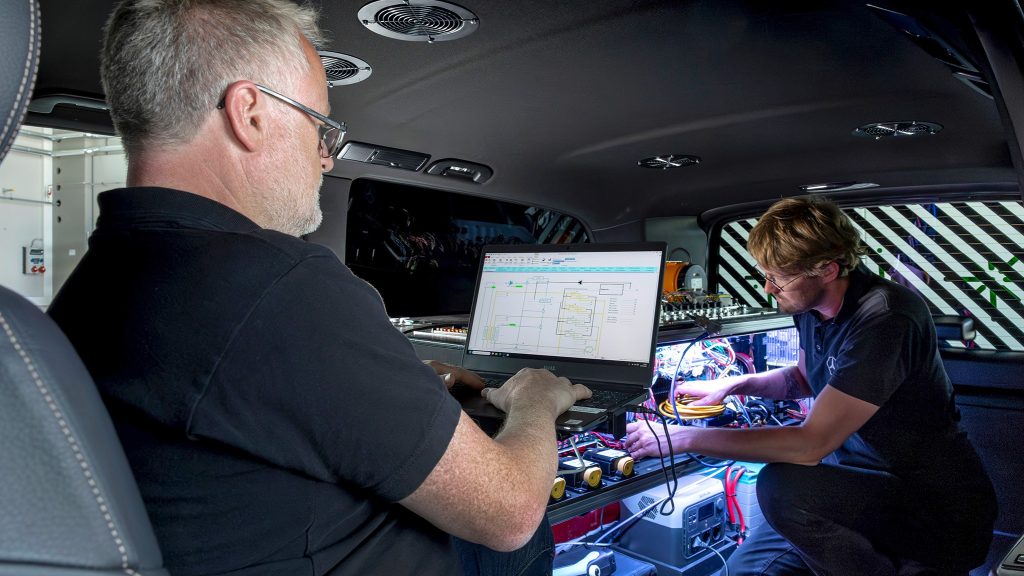
The HYC1000 prototype merged truck-compatible MCS megawatt technology with liquid-cooled CCS components, transmitting currents up to 1,000 amps. During the Nardo record run, it enabled peak charge rates of 1,041 kW, averaging 850 kW. The production version will deliver up to 600 kW peak for select Mercedes vehicles with 800V electrical architecture and advanced battery controls.
“We used to approach range anxiety by focusing on battery size,” Sievers says. “Now, the entire EV industry is embracing fast charging, and this trend is only going to grow. We’ll see more vehicles capable of rapid charge uptake in the near future.”
This research highlights how Mercedes-Benz is shifting the conversation from simply storing more energy to delivering it faster, signaling a new era where quick charging may finally ease the anxiety of long-distance EV travel.
